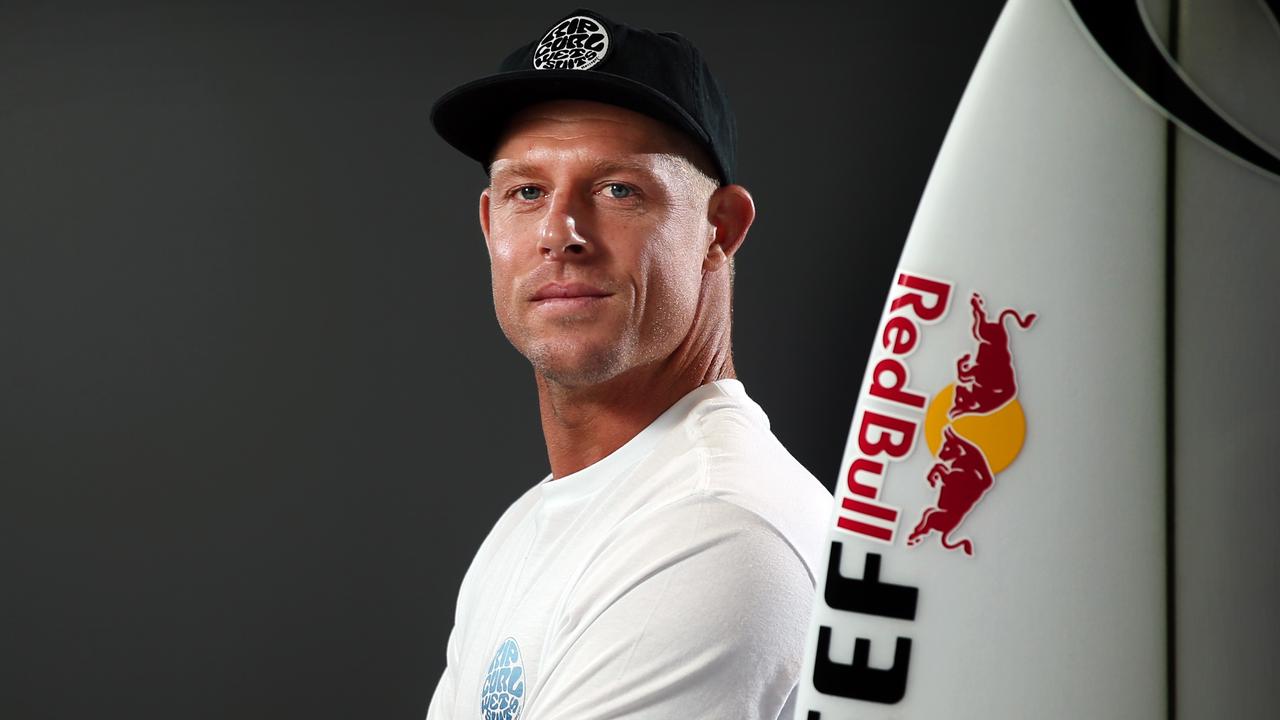Cathy Freeman interview: the woman who pushed her towards greatness
Cathy Freeman’s journey from a shy kid running on dirt tracks in country Queensland to an Olympic champion captured the hearts of a nation. But it might never have happened if one woman hadn’t literally pushed her to the start line.
Top 100 Sportspeople
Don't miss out on the headlines from Top 100 Sportspeople. Followed categories will be added to My News.
CATHY Freeman closes her eyes and draws in a long, deep breath as though she is taking her place on the start line for the race that stopped a nation.
“It’s nearly 20 years ago,’’ she says, “but that moment had such an impact on people’s lives. The excitement that night was contagious.
“I still have folks come up to me all these years later wanting to share that moment.
“I wish I could bottle all the happiness that was in everyone that night at the Olympics.
“It was magnificent.’’
100 greatest Queensland athletes countdown: 100-81
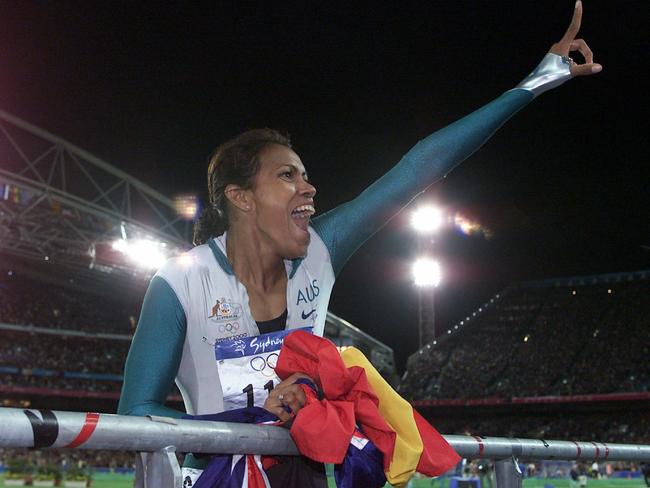
Cathy grew up running through the grass and red dust of small towns across country Queensland — at Mackay and Moura, Woorabinda, Hughenden and Coppabella. In a flash, though, as she talks to The Courier-Mail, Cathy is running again, hurtling towards glory at Sydney’s Olympic Stadium in her green, gold and silver bodysuit, the costume of this state’s homegrown superhero.
Running has made her happy, she says. It has made her feel free and strong from the first time she was coaxed out of her cocoon to take her place on a grass track at St Joseph’s Catholic Primary School in North Mackay.
“I can still remember my first race as a barefoot kid aged five,’’ she says. “I was so shy as a child and so hesitant to go … I went and hid in the toilets.”
THE LITTLE GIRL WITH LIGHTNING IN HER LEGS
It was Bessie Baldry who started Cathy in athletics, literally pushing her into the sport when the Olympic great was five.
She found her hiding in the school toilets, too shy to compete, and had to push her to the start line.
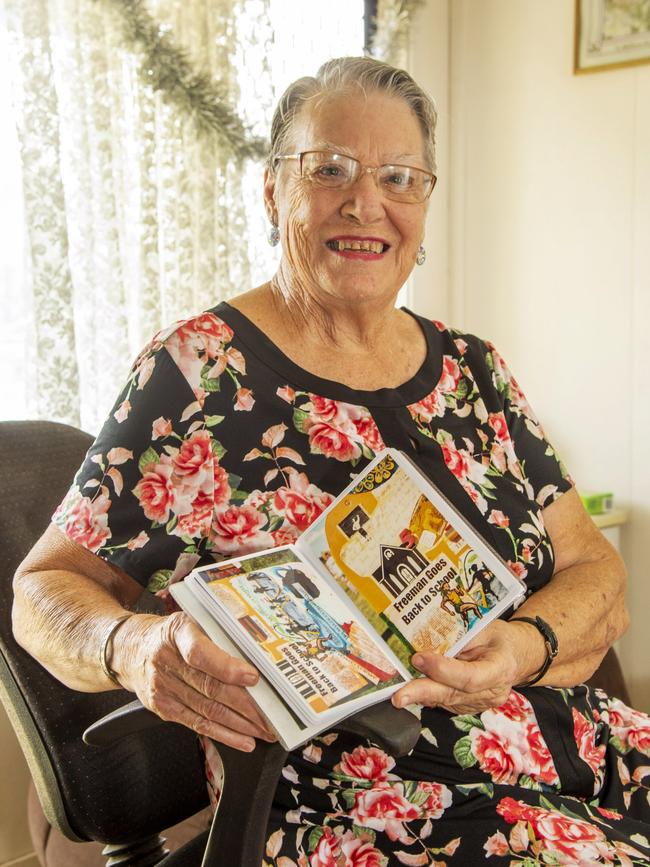
Bessie, now 82, was a Grade 1 teacher and volunteer sports mistress at St Joseph’s in Mackay and always knew that her little student had lightning in her legs.
“Cathy came from a very poor family and was a very shy child,’’ Bessie tells The Courier-Mail.
“It’s true that when she was five I had to find her in her hiding spot in the school toilets and encourage her to run in that first race.
“I knew Cathy’s mother very well. She was such a lovely lady. She kept their little home in Mackay spotless but the family had very little money.
“When we realised the potential Cathy had as a runner, the school held a raffle so she and two other girls could race at Moura (central Queensland) and then at Brisbane when she was eight.
“I baked and iced a cake to raffle and every ticket was sold. I bought her a uniform to run in.
“Before long I matched her with the best runners in school all the way up to Grade 7. Cathy would win every time but only by a metre because she never wanted to show off.’’
Bessie, a Queensland representative basketballer in her youth, retired from teaching 20 years ago after 42 years helping children reach their potential.
Now a Grand Master in the card game bridge, she says she was thrilled by Cathy’s Olympic success but just as thrilled by the fact she has continued to give back to sport, encouraging other children to follow her example.
FROM DIRT TRACKS TO OLYMPIC GLORY
Cathy was born in Mackay 45 years ago.
Her great-grandfather Frank Fisher fought with the Light Horsemen in Palestine in the First World War, even though Aboriginal people were then not recognised as citizens of Australia. Her grandfather Frank Fisher Jr, known around the Cherbourg Aboriginal mission as “Big Shot’’ because of his sporting prowess, was refused permission on the grounds of his colour to travel to Britain to play rugby league.
Cathy’s mother Cecelia was born on Palm Island.
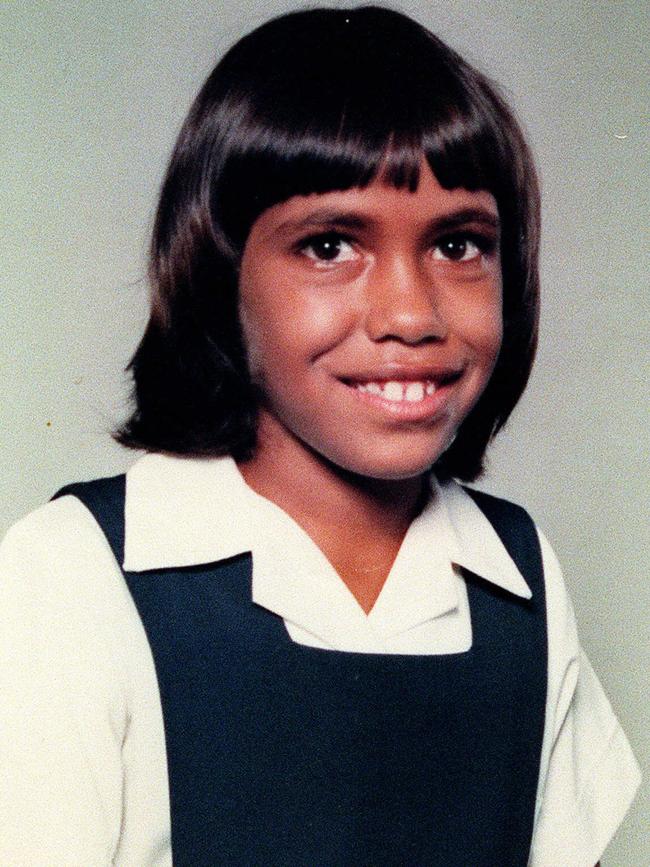
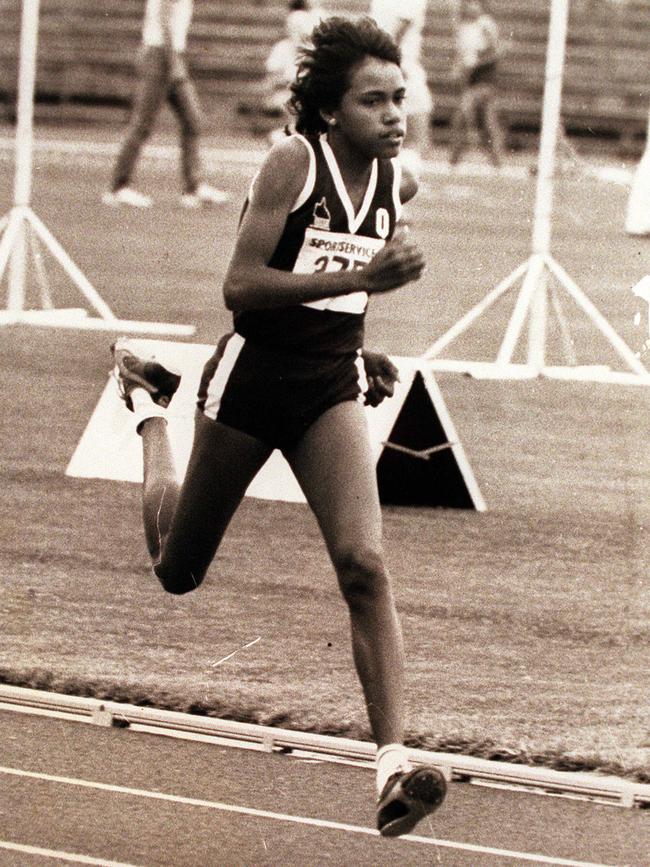
Cathy travelled throughout country Queensland as a child because her stepfather and coach Bruce Barber had a job with the railways. She raced in bush carnivals before her running flourished with scholarships to the Kooralbyn School (Gold Coast) and Fairholme College (Toowoomba).
She was inspired by the Los Angeles Olympic gold of her hero Glynis Nunn, the Toowoomba heptathlete, and by images of Rob de Castella charging down Coronation Drive to Commonwealth Games gold in Brisbane in 1982.
In 1990, at just 16, Cathy became the first indigenous athlete to win a Commonwealth Games gold medal as part of the women’s 4x100m relay team in Auckland.
She was chosen for the Barcelona Olympics two years later; won two gold medals at the 1994 Commonwealth Games in Victoria, Canada and took silver in the 400m at the 1996 Atlanta Olympics behind the imperious Frenchwoman Marie-José Pérec. Cathy won two world 400m championships in the years after Atlanta and the much anticipated rematch with Perec was set for the Sydney Olympics.
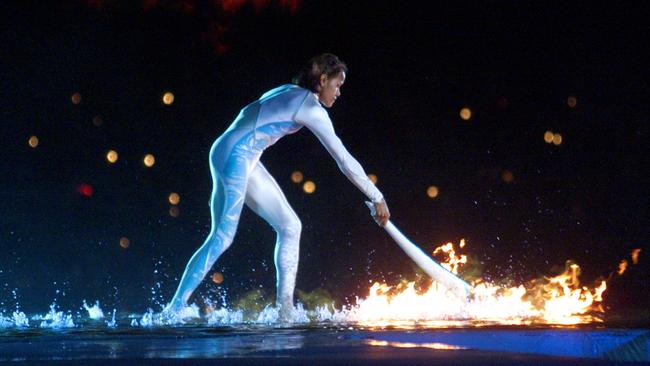
Perec pulled out on race eve and Cathy is still disappointed to this day, believing that the Frenchwoman’s “class and calibre’’ would have pushed her like no one else.
Given the honour of lighting the Olympic flame, who could ever forget the sight of Cathy’s almost ethereal figure lighting the torch surrounded by cascading waterfalls?
The weight of expectation for the 400m final was enormous with 100,000 packed into the Olympic Stadium and hundreds of millions more watching around the world.
“But experience gave me awareness,’’ Cathy says. “By the time of Sydney 2000, I had already been to two Olympics, so I knew not to lose myself in all the hype. My real strength was always coming back to be my authentic self.’’
Cathy was in the middle of the pack when she burst out of the final bend to take the lead. No one could catch her.
Veteran television commentator Bruce McAvaney watched in awe, labelling it a “famous victory’’ from a “legend” and a “champion”.
LESSONS LEARNED FROM HER SISTER
Eighteen years on, Cathy is married to stockbroker James Murch and they have a seven-year-old daughter Ruby.
Cathy wants to still be fit at 50 and has entertained thoughts of competing in Masters events. She and her family live in Melbourne but her heart remains in Queensland. She spends much of her time involved in charitable causes, including the fight against Type 2 diabetes after she was diagnosed with the condition during her pregnancy.
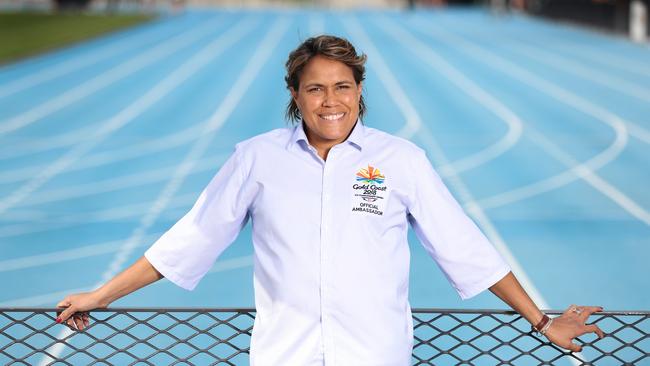
Cathy says she learned many life lessons from her sister Anne-Marie, who suffered from cerebral palsy and passed away in 1990.
“If it wasn’t for that woman I wouldn’t have had such determination. She taught me to make the most of my physical abilities,’’ she says.
“Growing up in Queensland played a major role in my career … the climate, the lifestyle and the general temperament of Queensland people, especially in the small town of Mackay and in the places I grew up in. That absolutely impacted on my sense of happiness — enjoying the space — the green ovals and the sawdust ovals of tropical and outback Queensland.
“I’m a very proud Queenslander and I will always have a soft spot especially for those kids in the isolated country communities, the places where I lived as a child. My great wish is that all kids get their chance to realise their potential like I did — that they can reach whatever goals their hearts desire.’’

